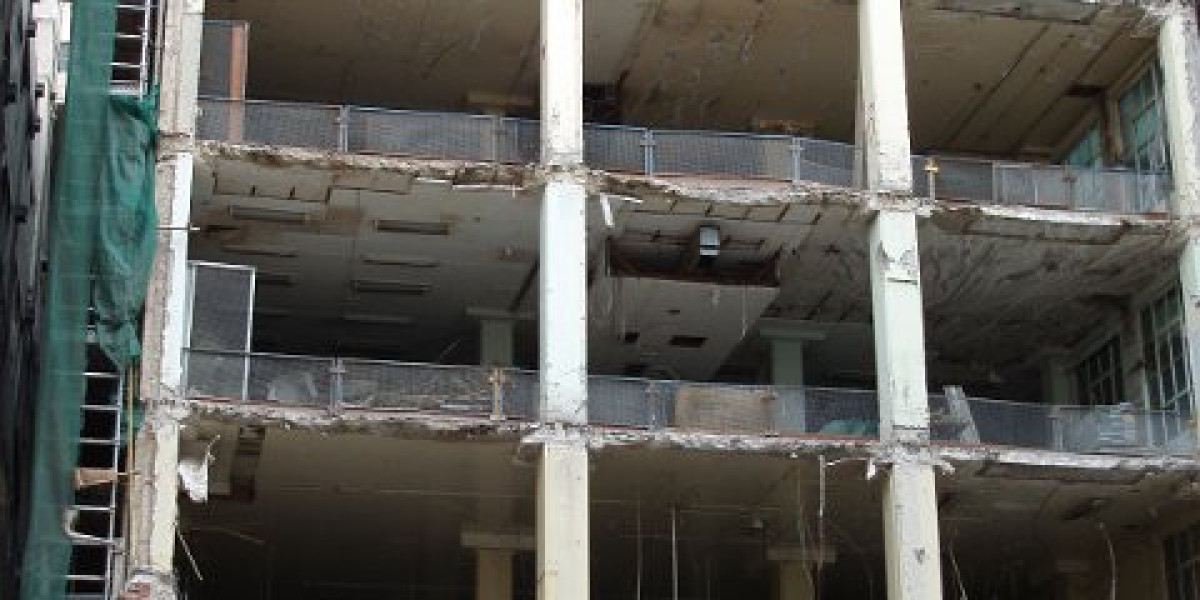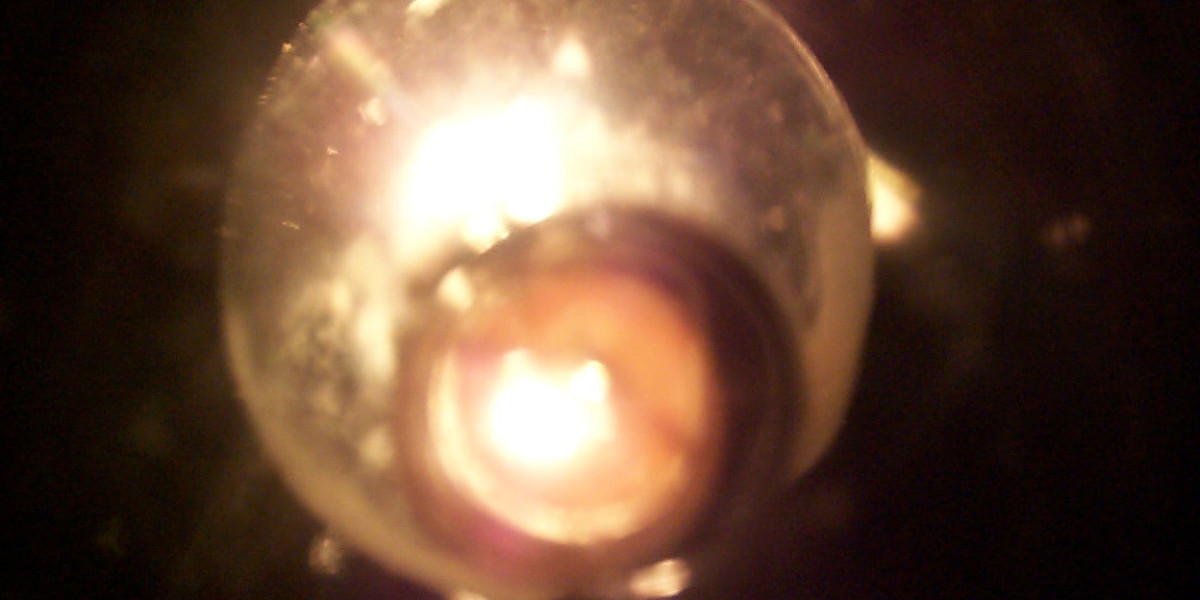The Drone Detection Radar Market is gaining momentum as the demand for advanced surveillance and airspace security solutions escalates worldwide. With drones increasingly used in commercial, recreational, and military operations, governments and private sectors are investing heavily in detection systems to prevent unauthorized aerial activities. This market is projected to experience significant growth over the next few years, driven by technological innovation and rising security awareness.
The market for drone detection radar systems is largely fueled by the proliferation of unmanned aerial vehicles (UAVs) across various sectors. Increasing instances of drone-related security breaches at airports, critical infrastructure, and government facilities have underscored the need for robust detection systems. Additionally, advancements in radar technology, including integration with AI and machine learning, are enhancing detection accuracy and response time.
Global defense and security agencies are recognizing the strategic value of drone detection radars. These systems provide real-time monitoring capabilities, mitigating risks associated with unauthorized drone activities. The market is expected to witness a compound annual growth rate (CAGR) of around 12% over the forecast period, reflecting robust investment trends across North America, Europe, and the Asia-Pacific region.
Request a Sample Report: https://researchintelo.com/request-sample/81997
Market Drivers
Several factors are driving growth in the Drone Detection Radar Market:
Rising security threats: Unauthorized drone activities over sensitive areas are increasing demand for detection solutions.
Technological advancements: Modern radar systems integrate AI, machine learning, and IoT capabilities to detect, track, and mitigate drone threats.
Government regulations: Stricter drone regulations in multiple countries compel businesses and authorities to adopt detection technologies.
Commercial applications: The growing use of drones in logistics, agriculture, and construction is encouraging proactive monitoring systems.
In addition, the surge in large-scale public events and infrastructure projects is creating opportunities for temporary and portable drone detection solutions. Urban security initiatives also contribute to expanding the market, particularly in densely populated regions where drone activity is a concern.
Market Restraints
Despite significant growth, certain challenges could restrain market expansion:
High deployment costs: Advanced radar systems require substantial investment, which may hinder adoption among smaller businesses.
Technical limitations: Adverse weather conditions, signal interference, and limited detection range can affect radar performance.
Privacy concerns: Increased surveillance raises legal and ethical issues, potentially slowing widespread adoption in civilian environments.
Mitigating these restraints involves improving cost-efficiency and accuracy, alongside developing clear regulatory frameworks to facilitate market growth.
View Full Report: https://researchintelo.com/report/drone-detection-radar-market
Opportunities
The Drone Detection Radar Market presents several promising opportunities:
Integration with existing security systems: Combining radar systems with CCTV, access control, and other monitoring technologies enhances overall security.
Expansion in emerging markets: Countries in Asia-Pacific, Africa, and the Middle East are increasingly investing in advanced radar technologies to secure critical assets.
Innovative applications: Beyond defense, industries such as airports, logistics hubs, and energy facilities are potential growth segments for radar solutions.
With increasing investments in smart city projects and urban air mobility initiatives, the market for drone detection radars is poised to diversify beyond traditional defense and security applications.
Regional Insights
North America dominates the market due to strong defense budgets, advanced research, and early adoption of technology. Europe follows closely, driven by stringent drone regulations and smart city security initiatives. The Asia-Pacific region is expected to exhibit the highest growth rate, fueled by rapid industrialization, urbanization, and rising security concerns in countries like China and India. Latin America and the Middle East also present emerging opportunities with increasing investment in airport and critical infrastructure protection.
Market Dynamics
The Drone Detection Radar Market is characterized by rapid technological evolution and increasing demand across defense, commercial, and critical infrastructure sectors. Key dynamics include:
Innovation in radar technology: Continuous improvements in sensor precision, detection range, and automated threat response are shaping market trends.
Rising adoption in commercial sectors: Logistics, construction, and energy industries are investing in radars to ensure operational safety and regulatory compliance.
Collaborative development: Partnerships between governments, research institutions, and technology providers are accelerating product development and market penetration.
These dynamics are expected to maintain steady growth momentum while encouraging broader adoption of drone detection solutions worldwide.
Enquire Before Buying: https://researchintelo.com/request-for-customization/81997
Market Segmentation
The market can be segmented based on system type, end-user, and deployment environment:
System Type: Portable, fixed, and mobile radar systems.
End-User: Defense, critical infrastructure, commercial facilities, and events.
Deployment Environment: Urban, industrial, and public spaces.
Each segment is experiencing tailored growth trends. For instance, portable systems are increasingly favored for temporary events or restricted areas, while fixed systems dominate long-term infrastructure security setups.
Key Trends
AI and Automation: Radar systems now leverage AI for automatic detection, tracking, and threat mitigation, improving efficiency.
Hybrid Detection Systems: Integration with radio frequency (RF), optical, and infrared sensors enhances multi-layered security capabilities.
Miniaturization: Compact and lightweight systems allow deployment in diverse environments, including airports, stadiums, and urban centers.
These trends reflect a broader shift toward smarter, more adaptive, and cost-effective drone monitoring solutions, addressing both civilian and defense needs.
Check Out the Report: https://researchintelo.com/checkout/81997
Future Outlook
The Drone Detection Radar Market is poised for robust growth driven by evolving security requirements and technological innovation. By 2030, the market is expected to surpass USD 2.5 billion, with emerging regions contributing substantially to growth. Companies and governments are increasingly prioritizing surveillance solutions that integrate real-time analytics, automated alerts, and seamless integration with other security systems.








